Home>Furniture>Kitchen Furniture>How To Clean An Induction Cooktop
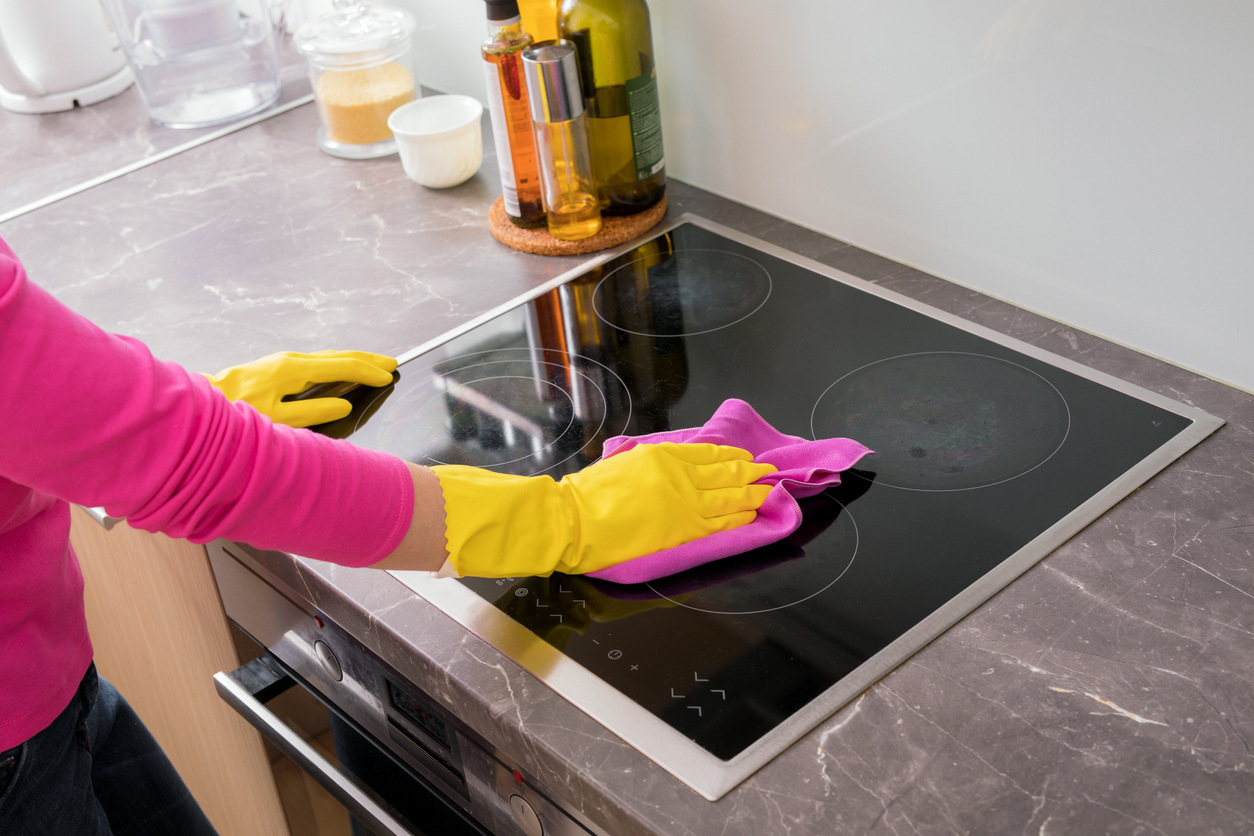

Kitchen Furniture
How To Clean An Induction Cooktop
Modified: January 19, 2024
Discover the best articles on how to clean your induction cooktop and keep it looking brand new. Find step-by-step guides and expert tips for a spotless cooking surface.
(Many of the links in this article redirect to a specific reviewed product. Your purchase of these products through affiliate links helps to generate commission for Storables.com, at no extra cost. Learn more)
Introduction
Induction cooktops have gained immense popularity in recent years due to their efficiency, precision, and sleek design. Unlike traditional gas or electric stoves, induction cooktops use electromagnetic fields to heat the cookware directly, resulting in faster and more precise heating. If you own an induction cooktop or are considering getting one, it is essential to understand how to clean and maintain it properly to maximize its lifespan and performance.
In this article, we will delve into the world of induction cooktop cleaning, exploring the benefits of these modern appliances, the proper techniques for cleaning them, and the tools and materials required for the task. Whether you are a cooking enthusiast or a busy homeowner, this comprehensive guide will equip you with the knowledge to keep your induction cooktop spotless and in optimal condition.
Key Takeaways:
- Induction cooktops offer energy efficiency, quick heating, and precise temperature control, making them a safe, sleek, and modern addition to any kitchen. Proper cleaning and maintenance ensure optimal performance and longevity.
- To maintain a spotless induction cooktop, use gentle cleaning techniques, avoid common mistakes, and follow manufacturer recommendations. With care and regular cleaning, your induction cooktop will continue to shine and enhance your culinary experiences.
Understanding Induction Cooktops
Before we dive into the intricacies of cleaning an induction cooktop, let’s take a moment to understand how these innovative appliances work. Induction cooktops utilize advanced technology that allows them to cook food faster and more efficiently than traditional stovetops.
Unlike gas or electric cooktops that transfer heat indirectly through the cookware or burner, induction cooktops use magnetic fields to generate heat directly within the pan itself. The cooktop’s surface remains cool to the touch during the cooking process, making it safer and more energy-efficient.
Induction cooktops feature a series of copper coils underneath the glass-ceramic surface. When an electric current passes through the coils, it creates a magnetic field. When a compatible metal cookware is placed on the surface, the magnetic field induces an electric current in the pan, generating heat.
One of the main advantages of induction cooktops is their precise temperature control. They have the ability to instantly adjust the heat output based on the desired cooking temperature, providing a responsive and accurate cooking experience. This fine-tuned control allows for more delicate recipes that require precise temperature adjustments, such as sauces, tempering chocolate, or simmering delicate foods.
Additionally, induction cooktops heat up much faster than traditional stoves. The magnetic field directly transfers heat to the cookware, resulting in significantly reduced cooking times. For busy individuals or those who enjoy quick weeknight meals, the speed and efficiency of induction cooktops can be a game-changer.
Induction cooktops are also known for their safety features. Since the cooktop itself doesn’t get hot, the risk of burns or accidental fires is greatly minimized. Furthermore, if a pot is removed from the cooktop, the magnetic field is immediately turned off, reducing the chances of accidents or leaving a burner on unintentionally.
Now that we have a better understanding of how induction cooktops work and their advantages, let’s move on to explore the benefits of owning one.
Benefits of Induction Cooktops
Induction cooktops offer numerous benefits that make them a popular choice for homeowners and professional chefs alike. Let’s take a closer look at some of the advantages of using an induction cooktop in your kitchen.
1. Energy Efficiency: Induction cooktops are incredibly energy efficient. Since they heat up the cookware directly, there is minimal heat loss during the cooking process. Compared to gas or electric cooktops, which waste a significant amount of energy, induction cooktops can save you money on your energy bills.
2. Quick Heating: Induction cooktops heat up food faster than traditional stovetops. The magnetic field transfers heat directly to the pan, resulting in rapid heating times. Whether you’re boiling water or searing a steak, you won’t have to wait long for your cookware to reach the desired temperature.
3. Precision Temperature Control: Induction cooktops offer precise temperature control, allowing you to adjust the heat with accuracy. This feature is especially useful for delicate cooking tasks like melting chocolate or simmering sauces, where precise temperature control is crucial.
4. Safe to Use: Induction cooktops have built-in safety features that make them extremely safe to use. Unlike gas or electric cooktops, the surface of an induction cooktop remains cool to the touch during cooking. This prevents accidental burns and makes it safer for households with children or pets.
5. Easy to Clean: Induction cooktops have a smooth, flat surface made of glass-ceramic material, making them easy to clean. Since the cookware heats up directly and spills are less likely to burn onto the surface, you’ll spend less time scrubbing and more time enjoying your meal.
6. Sleek and Modern Design: Induction cooktops add a touch of elegance to any kitchen with their sleek and minimalist design. The seamless glass-ceramic surface and touch controls give a sophisticated and modern look, complementing various kitchen styles.
7. Compatibility with a Wide Range of Cookware: Induction cooktops are compatible with magnetic cookware made of materials such as cast iron, stainless steel, and some types of enamel-coated cookware. It is essential to ensure that your cookware is induction-friendly by checking its compatibility before use.
8. Environmentally Friendly: Due to their energy efficiency, induction cooktops have a smaller carbon footprint compared to gas or electric stoves. By using less energy and reducing greenhouse gas emissions, induction cooktops contribute to a healthier and more sustainable environment.
These are just a few of the many benefits that induction cooktops offer. From faster cooking times to energy efficiency and safety features, these innovative appliances are revolutionizing the way we cook and experience our culinary adventures. Now that we’ve explored the advantages, let’s move on to the proper cleaning techniques for maintaining a clean and shiny induction cooktop.
Proper Cleaning Techniques
Keeping your induction cooktop clean is important not only for its appearance but also for its performance and longevity. Regular cleaning ensures that food residues, spills, and stains are removed, preventing them from causing damage or affecting the efficiency of the cooktop. Here are some proper cleaning techniques to help you achieve a sparkling clean induction cooktop:
1. Regular Wiping: It’s best to wipe down your induction cooktop after each use. Use a soft, non-abrasive cloth or sponge and mild dish soap diluted in warm water. Gently wipe the surface to remove any loose debris or spills.
2. Avoid Harsh Chemicals: Avoid using harsh or abrasive cleaners on your induction cooktop as they can damage the surface. Instead, stick to gentle cleansers or homemade solutions to ensure safe and effective cleaning.
3. Remove Burnt-on Residues: If you have stubborn residues or food stuck on the cooktop, first, ensure that the cooktop has cooled down completely. Then, use a cooktop scraper or a plastic scraper to gently scrape off the debris. Be careful not to apply too much pressure or scratch the surface. Afterward, wipe away any remaining residue with a damp cloth.
4. Deep Cleaning: For a deeper clean, you can use a specialized induction cooktop cleaner or a paste made of baking soda and water. Apply the cleaner or paste to the cooktop, let it sit for a few minutes, and then gently scrub with a soft cloth or sponge. Rinse thoroughly with water and wipe dry.
5. Polishing: To restore the shine to your induction cooktop, you can use a cooktop polish specifically designed for glass or ceramic surfaces. Apply a small amount to a soft cloth and buff the surface in circular motions. This will help remove any remaining streaks or smudges and leave your cooktop looking brand new.
6. Clean the Control Panel: Don’t forget to clean the control panel of your induction cooktop. Use a soft, damp cloth or sponge to wipe away any spills or stains. Avoid getting excess moisture into the control panel to prevent any damage.
Remember to always consult your specific induction cooktop’s manual for manufacturer-recommended cleaning instructions and any product recommendations. By following these proper cleaning techniques, you can ensure that your induction cooktop remains in pristine condition and continues to provide exceptional performance for years to come.
Now that you’re equipped with the knowledge of proper cleaning techniques, let’s move on to the materials and tools required for cleaning an induction cooktop.
Materials and Tools Required for Cleaning
Cleaning your induction cooktop requires the right materials and tools to ensure effective and safe results. Here are the essential items you’ll need to have on hand before you start cleaning:
1. Soft, Non-Abrasive Cloth or Sponge: Choose a cloth or sponge that is gentle on the cooktop’s surface to avoid scratches or damage. Microfiber cloths or non-abrasive sponges are ideal choices for wiping away spills and debris.
2. Mild Dish Soap: Select a mild dish soap that is free from harsh chemicals or abrasive ingredients. Avoid using strong dish soaps or detergents that may damage the cooktop’s surface or leave residue behind.
3. Cooktop Scraper or Plastic Scraper: A cooktop scraper or plastic scraper is handy for removing burnt-on residues or food stuck on the surface. Ensure the scraper you use is specifically designed for glass or ceramic cooktops to prevent scratches.
4. Specialized Induction Cooktop Cleaner: While not always necessary, a specialized induction cooktop cleaner can provide an extra level of deep cleaning. Look for cleaners specifically formulated for glass or ceramic surfaces to ensure compatibility and effectiveness.
5. Baking Soda: Baking soda is a natural and effective cleaner that can help remove stubborn stains and grease. Create a paste by mixing baking soda with water to tackle tough messes on your induction cooktop.
6. Cooktop Polish: Cooktop polish is optional but can be used for restoring the shine to your induction cooktop. Look for polishes designed for glass or ceramic surfaces and follow the instructions on the product.
7. Lint-free Cloth or Paper Towels: Use lint-free cloths or paper towels for drying and polishing the cooktop after cleaning. These materials will help minimize streaks and ensure a sparkling finish.
8. Gloves: While not mandatory, wearing gloves during the cleaning process can protect your hands from potential contact with chemicals or irritants.
By preparing these materials and tools ahead of time, you’ll be ready to tackle any spills, stains, or residue on your induction cooktop. Remember to always follow the manufacturer’s recommendations and directions for cleaning your specific cooktop model.
Now that we have everything we need, let’s move on to the step-by-step cleaning instructions for your induction cooktop.
To clean an induction cooktop, use a soft cloth and a non-abrasive cleaner. Avoid using harsh chemicals or abrasive sponges to prevent damage to the glass surface. Wipe down regularly to prevent buildup.
Read also: 11 Superior Cooktop Cleaning Kit For 2024
Step-by-Step Cleaning Instructions
Now that you have gathered the necessary materials and tools, it’s time to dive into the step-by-step cleaning process for your induction cooktop. Follow these instructions to ensure a thorough and effective clean:
1. Ensure the Cooktop is Cool: Before you begin cleaning, make sure the cooktop has cooled down completely to avoid any risk of burns.
2. Wipe Down the Surface: Start by using a soft, non-abrasive cloth or sponge dampened with warm water and mild dish soap. Gently wipe down the entire cooktop surface to remove any loose debris, spills, or food particles.
3. Remove Burnt-on Residues: If you have stubborn burnt-on residues or food stuck on the cooktop, use a cooktop scraper or plastic scraper. Hold the scraper at a 45-degree angle and carefully scrape off the residue. Be gentle to avoid scratching the surface.
4. Apply a Cleaning Solution: If necessary, apply a specialized induction cooktop cleaner or a paste made of baking soda and water to the affected areas. Follow the product’s instructions for the cleaner or evenly spread the baking soda paste over the stains. Allow the cleaner or paste to sit for a few minutes to loosen the grime.
5. Gently Scrub the Surface: Using a soft cloth or sponge, gently scrub the cooktop surface in circular motions. Apply light pressure to remove the stains or dirt without scratching the glass or ceramic.
6. Rinse Thoroughly: After scrubbing, rinse the cooktop surface thoroughly with clean water to remove any residue from the cleaner or baking soda paste.
7. Dry and Polish: Use a lint-free cloth or paper towel to dry the cooktop surface completely. If desired, apply a small amount of cooktop polish to a clean cloth and buff the surface in circular motions to restore the shine.
8. Clean the Control Panel: Don’t forget to clean the control panel of your induction cooktop. Wipe it down with a soft, damp cloth or sponge, ensuring it is completely dry afterwards.
9. Regular Maintenance: To keep your induction cooktop looking its best, wipe it down regularly after each use. This will prevent stains and residue from building up, reducing the need for deep cleaning.
Always refer to your induction cooktop’s manual for any specific cleaning instructions or precautions recommended by the manufacturer.
By following these step-by-step instructions and maintaining a regular cleaning routine, you can ensure that your induction cooktop stays clean, free from stains, and performs at its best for years to come.
Now that you have mastered the cleaning process, let’s explore some additional tips for maintaining an induction cooktop.
Additional Tips for Maintaining an Induction Cooktop
In addition to regular cleaning, there are several tips and practices you can adopt to ensure the longevity and optimal performance of your induction cooktop. Consider the following tips for maintaining your induction cooktop:
1. Avoid Dragging Cookware: When placing or removing cookware from the cooktop, avoid dragging it across the surface. This can cause scratches and damage to the glass or ceramic surface. Instead, lift and gently place the cookware to protect the cooktop from unnecessary wear and tear.
2. Use Cookware with Flat Bottoms: For efficient heat transfer, use cookware with flat and smooth bottoms. This ensures maximum contact with the induction cooktop surface, resulting in better heat distribution and faster cooking times.
3. Prevent Boil-Overs: To prevent boil-overs and spills, use cookware with lids that fit securely. This will minimize the chances of liquid or food overflowing onto the cooktop, reducing the need for extensive clean-ups and preventing potential damage.
4. Avoid Harsh Abrasives: Do not use abrasive sponges, scouring pads, or harsh cleaning chemicals on your induction cooktop. These can scratch or damage the surface. Stick to gentle cleaning agents and non-abrasive materials to ensure proper care.
5. Keep Magnetized Objects Away: Avoid placing magnetized objects near your induction cooktop when it is active. Magnetic objects can interfere with the cooktop’s operation or cause malfunctions. Keep items like magnetic knife holders or credit cards with magnetic strips at a safe distance.
6. Protect Against Heavy Impacts: Be cautious when handling heavy objects near the induction cooktop, as dropping or hitting them against the surface can cause cracking or damage. Take extra care when moving large pots or pans to avoid accidental impacts.
7. Don’t Overfill Pots and Pans: Avoid overfilling cookware to prevent spills and overflow. Overfilled pots or pans can release excess liquid or food onto the cooktop, making it harder to clean and potentially causing damage.
8. Regularly Check for Damage: Periodically inspect your induction cooktop for any signs of damage, such as cracks, chips, or loose components. If you notice any issues, contact a professional technician or the manufacturer for assistance or repairs.
9. Follow Manufacturer’s Recommendations: Always refer to the manufacturer’s guidelines and instructions for the specific care and maintenance of your induction cooktop. Different models may have specific requirements, so it’s essential to adhere to the recommended practices.
By incorporating these additional tips into your induction cooktop maintenance routine, you can ensure that your cooktop remains in excellent condition, performs optimally, and continues to enhance your cooking experience for years to come.
Now that we have explored the additional tips, let’s take a moment to discuss common mistakes to avoid when cleaning and maintaining an induction cooktop.
Common Mistakes to Avoid
While cleaning and maintaining your induction cooktop, it’s important to be aware of common mistakes that can inadvertently cause damage or compromise its performance. By avoiding these mistakes, you can ensure the longevity and optimal functionality of your cooktop. Here are some common mistakes to steer clear of:
1. Using Abrasive Cleaners and Tools: Avoid using abrasive cleaners, scouring pads, or harsh brushes on your induction cooktop. These can scratch the surface, leaving permanent damage. Stick to non-abrasive materials and gentle cleansers to protect the cooktop’s integrity.
2. Using Excessive Force: Scrubbing the cooktop vigorously or using excessive force while cleaning can lead to scratches or cracks. Remember to be gentle and apply a light touch when cleaning the surface. Let the cleaning products do the work instead of relying on force.
3. Cleaning a Hot Cooktop: Attempting to clean the cooktop while it is still hot can be dangerous and ineffective. Always make sure the cooktop has cooled down completely before starting the cleaning process to prevent the risk of burns and achieve better results.
4. Using Incorrect Cookware: Using cookware that is not compatible with induction cooktops can cause potential damage. Avoid using non-magnetic or incompatible materials such as aluminum or copper. Stick to cookware made from materials that work well with induction, such as cast iron or stainless steel.
5. Skipping Regular Cleaning: Neglecting regular cleaning can lead to stubborn stains and build-up that are more challenging to remove later on. Make it a habit to clean your induction cooktop after each use to prevent residues from hardening and becoming more difficult to remove.
6. Using Excessive Water or Moisture: While cleaning, be cautious of using too much water or excessive moisture on the cooktop. Water can seep into the control panel or other sensitive areas, causing electrical issues or damage. Use only a damp cloth or sponge to clean and dry thoroughly afterward.
7. Allowing Spills to Sit: Promptly clean up spills and food debris on the cooktop to prevent them from hardening or staining the surface. Ignoring spills can make them more challenging to remove later and potentially lead to permanent marks or discoloration.
8. Overfilling Cookware: Overfilling pots or pans can cause spills and boil-overs, which can damage the cooktop surface. Ensure that you leave enough space in your cookware for the food or liquid to expand during cooking, reducing the risk of overflow onto the cooktop.
9. Ignoring Manufacturer’s Guidelines: Each induction cooktop may have specific cleaning and maintenance instructions provided by the manufacturer. Ignoring these guidelines can result in improper care or unintentional damage. Always follow the manufacturer’s recommendations and consult the user manual when in doubt.
By avoiding these common mistakes and following proper cleaning techniques, you can maintain the integrity and longevity of your induction cooktop. Remember to handle the cooktop with care and refer to the manufacturer’s instructions for specific recommendations related to your appliance.
Now, let’s conclude our guide to cleaning and maintaining an induction cooktop.
Conclusion
Maintaining a clean and pristine induction cooktop is not only crucial for its aesthetic appeal but also for its performance and longevity. By understanding the working of induction cooktops and adopting the proper cleaning techniques, you can ensure that your cooktop remains an efficient and stylish centerpiece in your kitchen.
Throughout this article, we have explored the benefits of induction cooktops, including their energy efficiency, quick heating, precise temperature control, and safety features. We have also discussed the essential materials and tools required for cleaning, as well as provided step-by-step instructions to effectively remove dirt, stains, and burnt-on residues.
Additionally, we have shared additional tips for maintaining an induction cooktop, such as avoiding abrasive cleaners, preventing damage from heavy impacts, and using flat-bottom cookware. We have also highlighted common mistakes to avoid, including using excessive force, cleaning a hot cooktop, and ignoring regular cleaning.
By incorporating these best practices into your cleaning routine, you can extend the lifespan of your induction cooktop while enjoying its numerous benefits. Remember to refer to the manufacturer’s guidelines and user manual for specific care instructions that may apply to your particular cooktop model.
With proper care, your induction cooktop will continue to provide you with efficient and precise cooking experiences, enhance the overall aesthetic of your kitchen, and make meal preparation a breeze for years to come.
So, embrace the joy of cooking on your induction cooktop and keep it sparkling clean for a delightful culinary journey!
Frequently Asked Questions about How To Clean An Induction Cooktop
Was this page helpful?
At Storables.com, we guarantee accurate and reliable information. Our content, validated by Expert Board Contributors, is crafted following stringent Editorial Policies. We're committed to providing you with well-researched, expert-backed insights for all your informational needs.
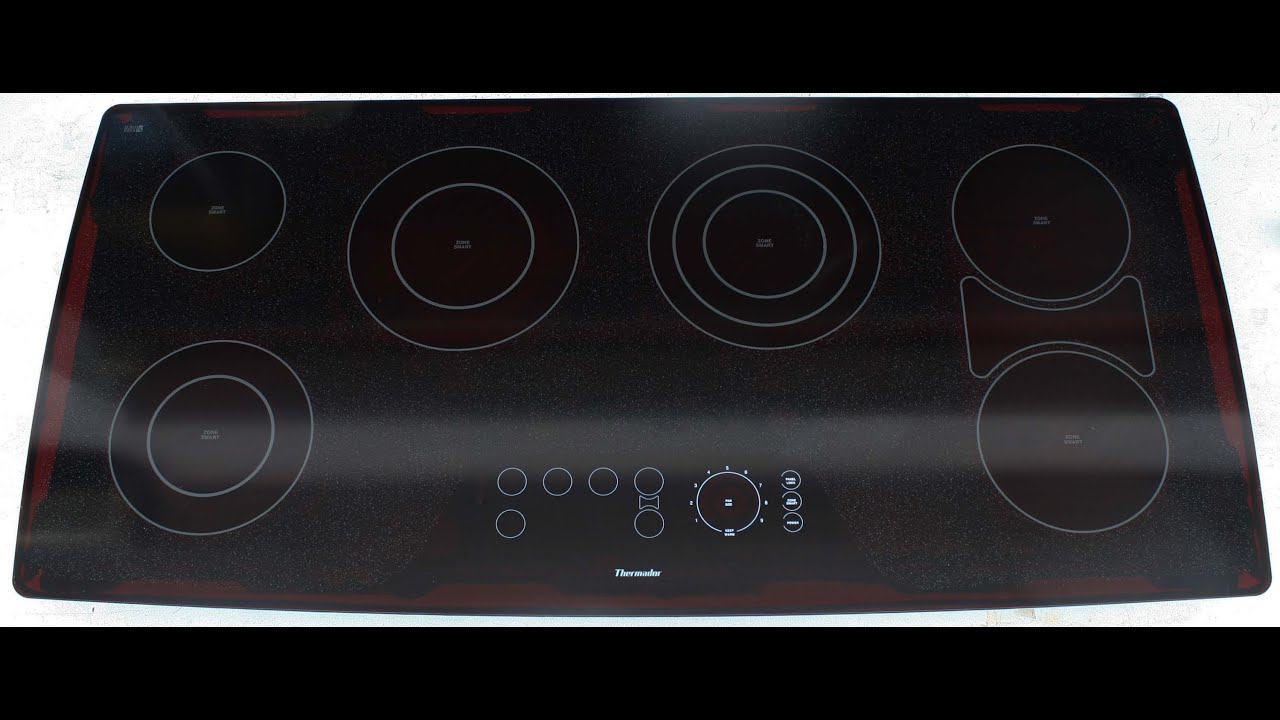
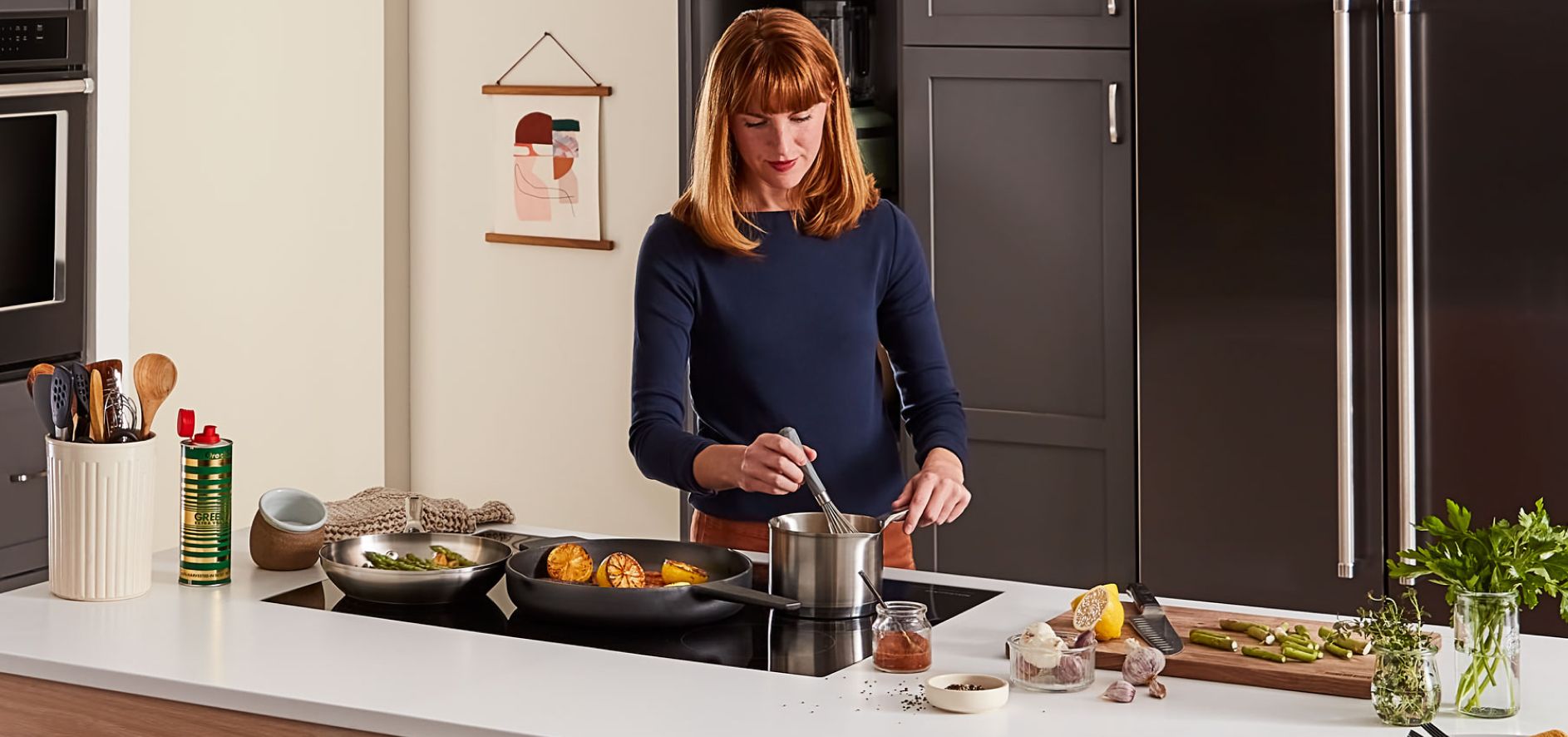
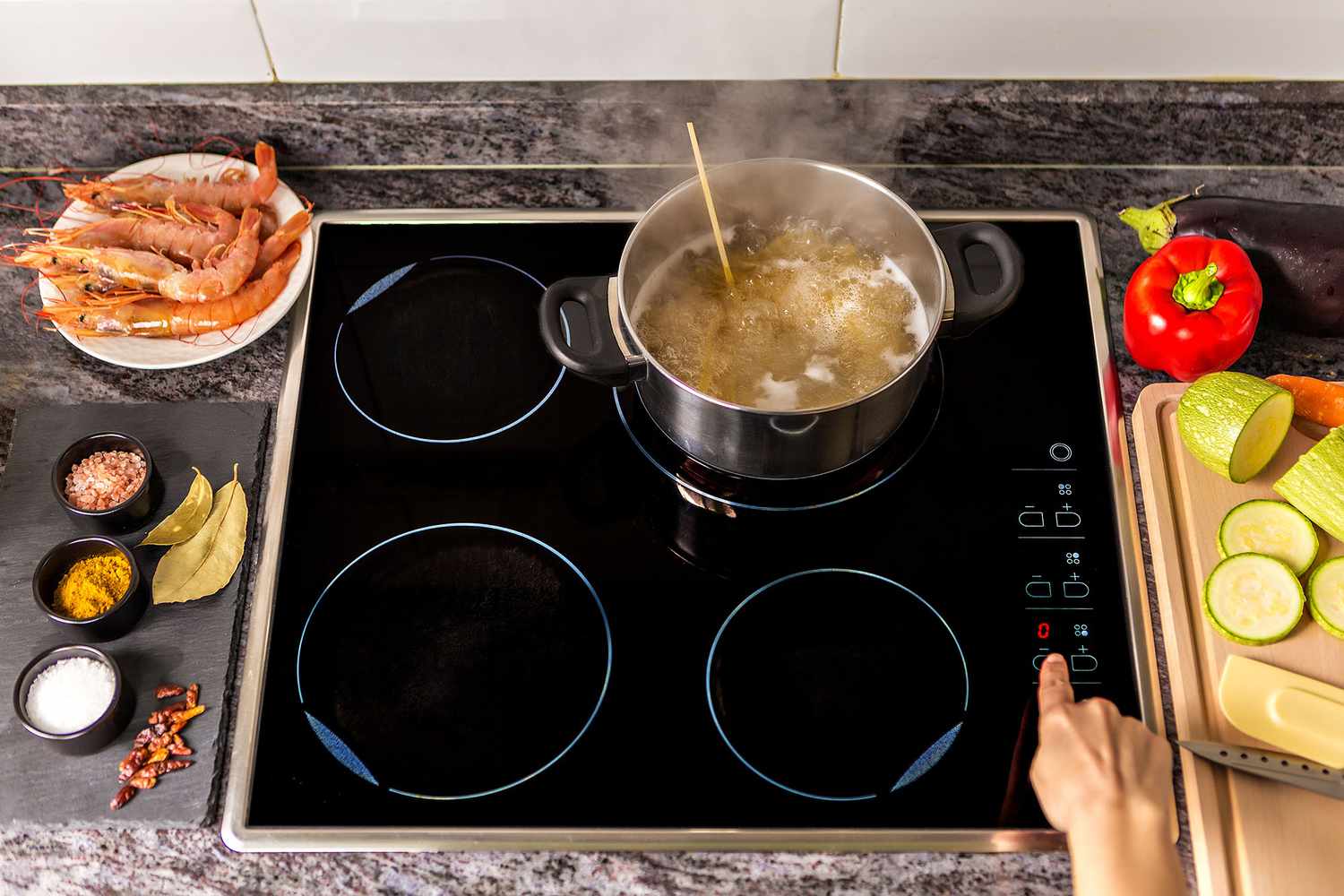
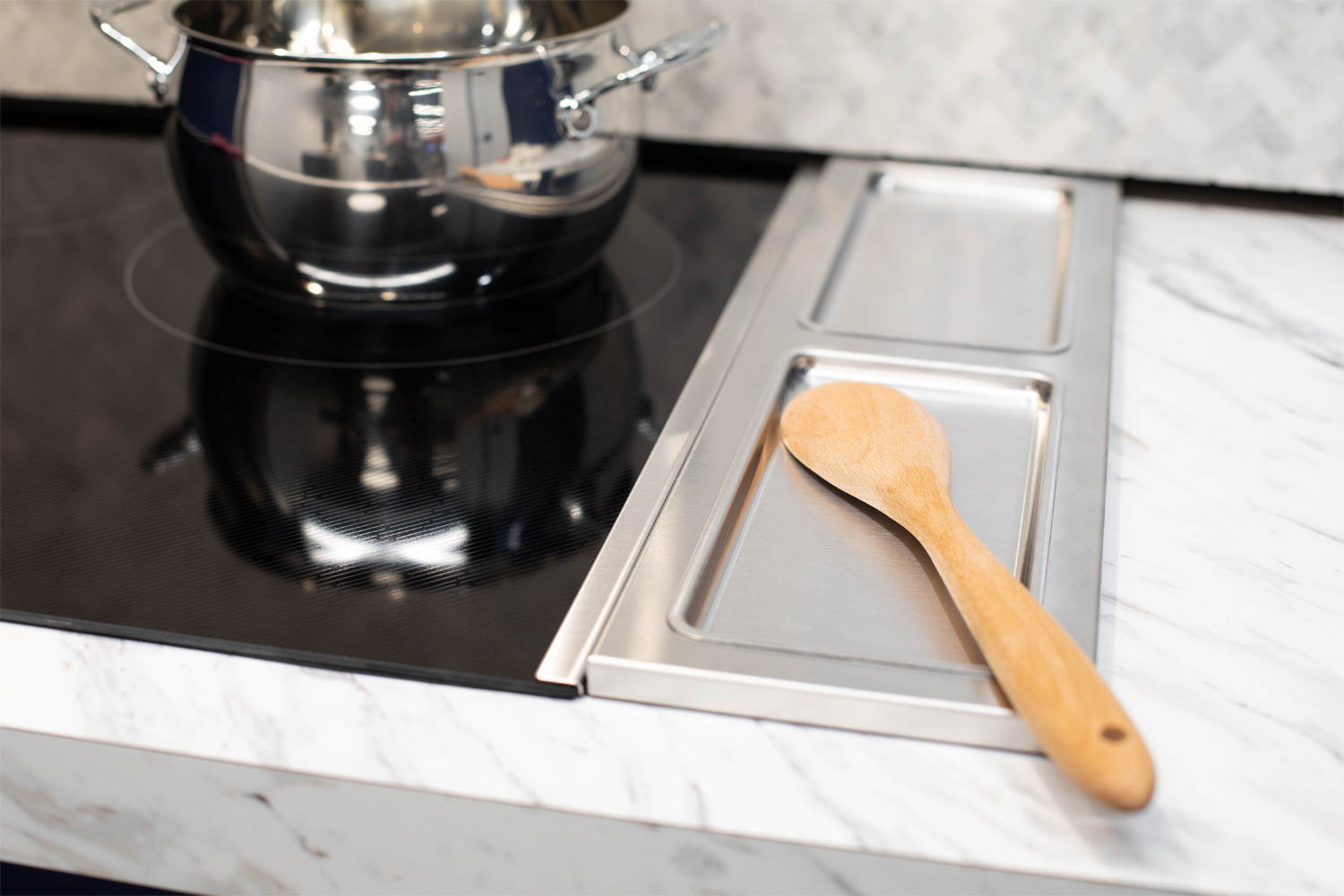
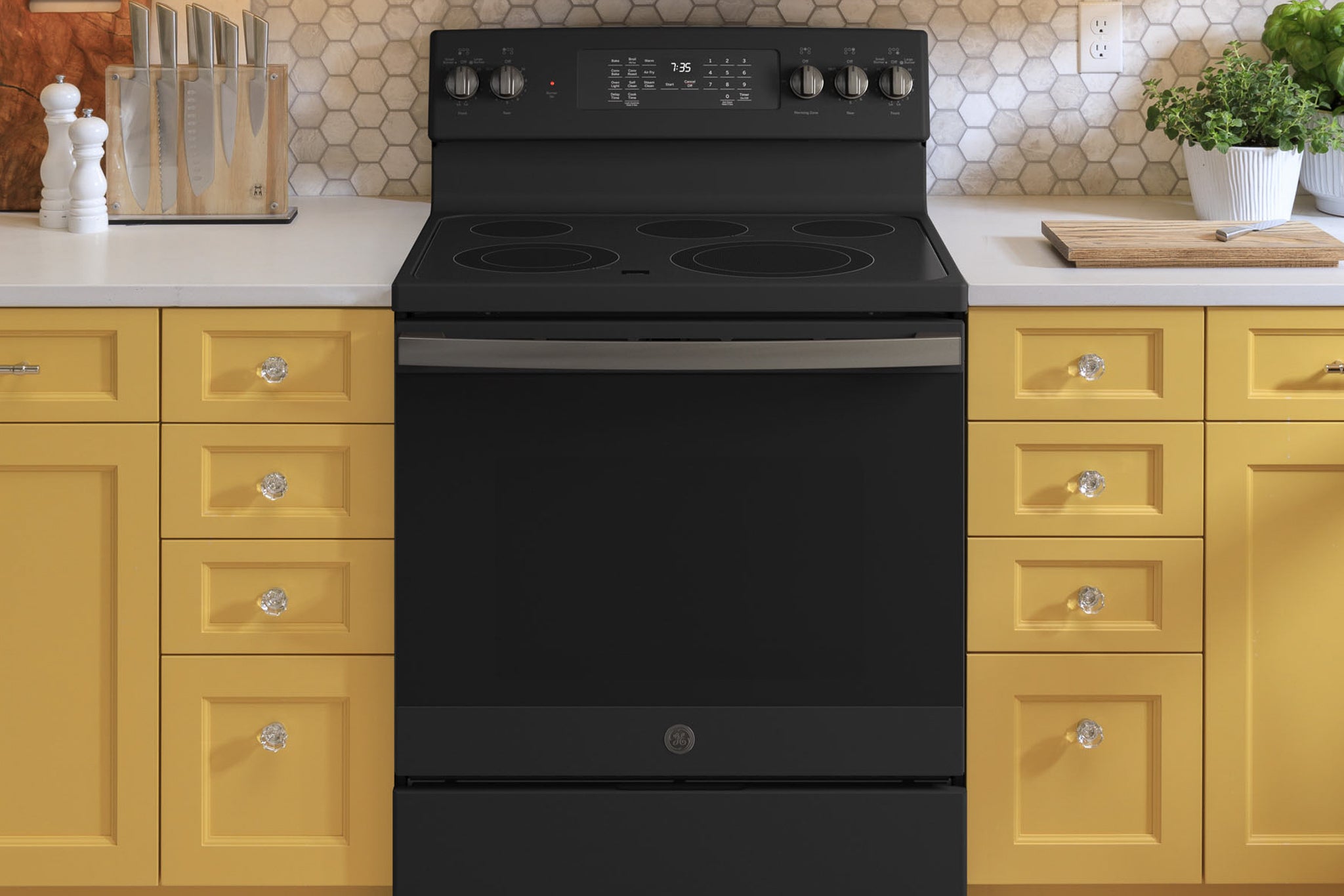
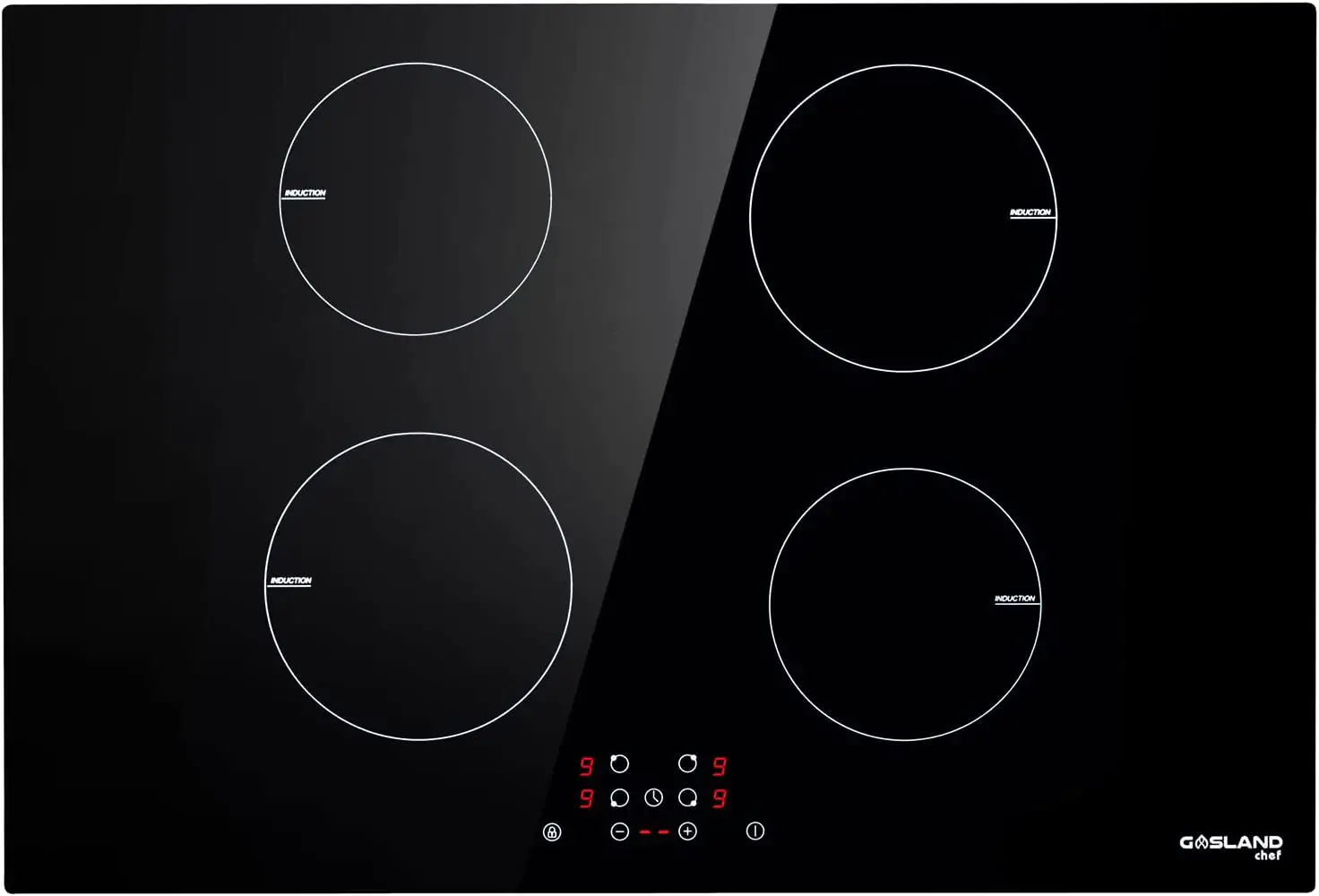
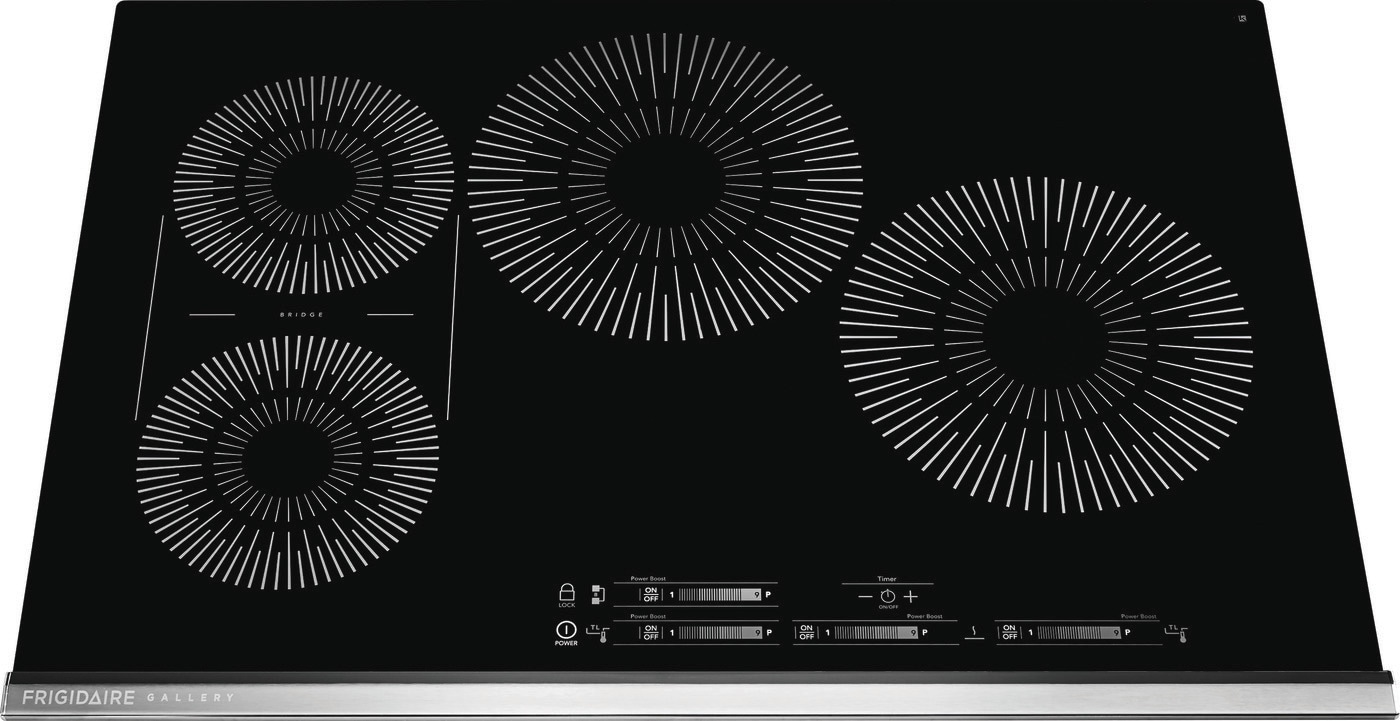
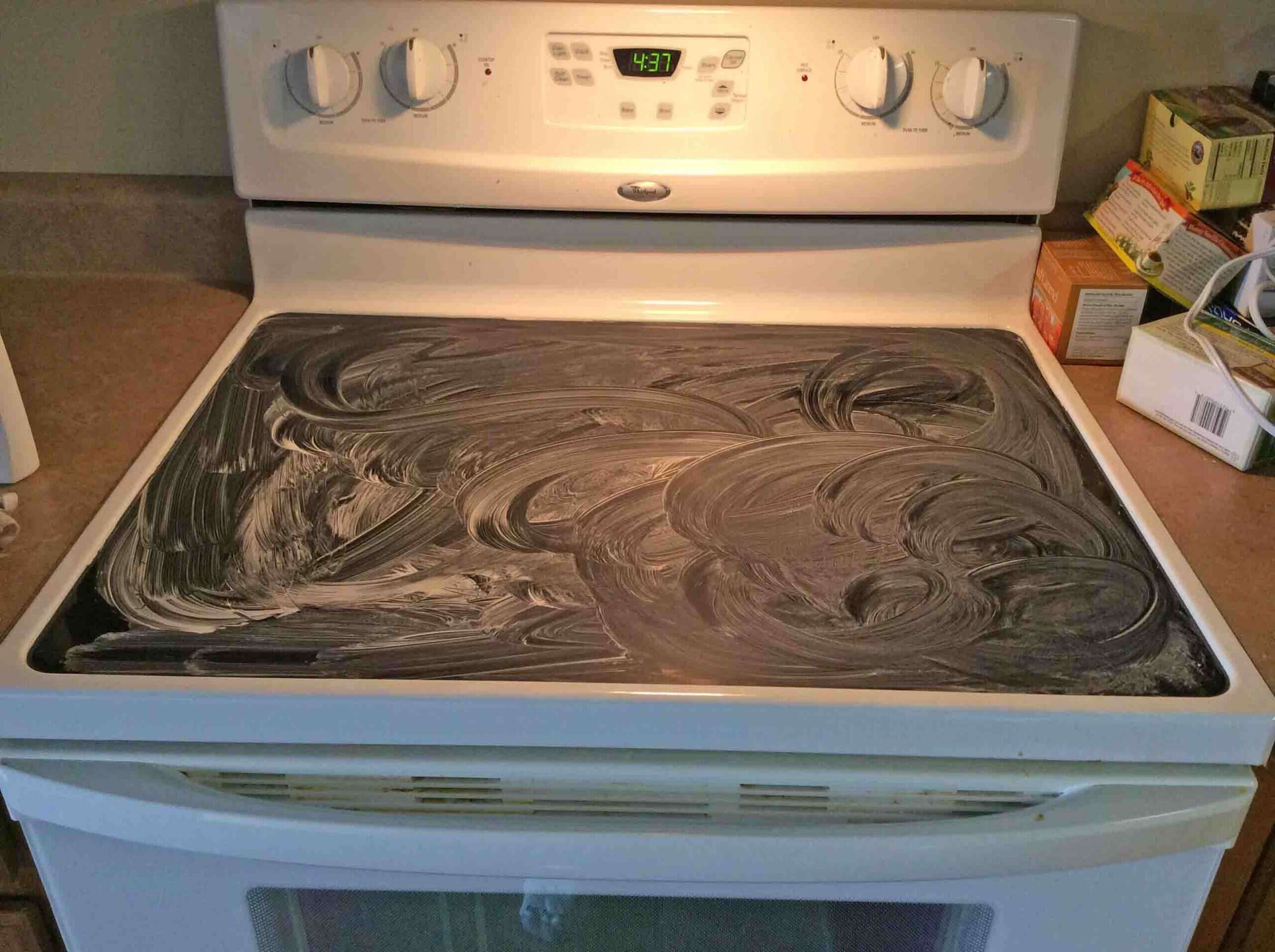
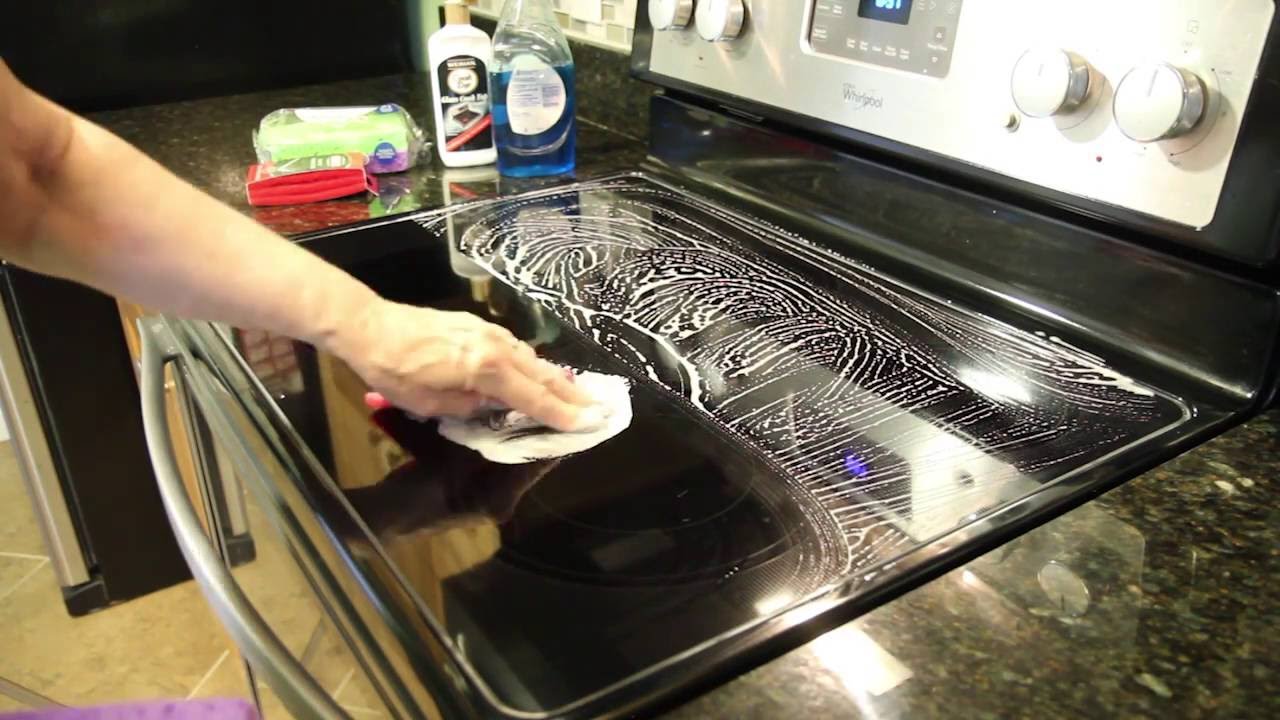
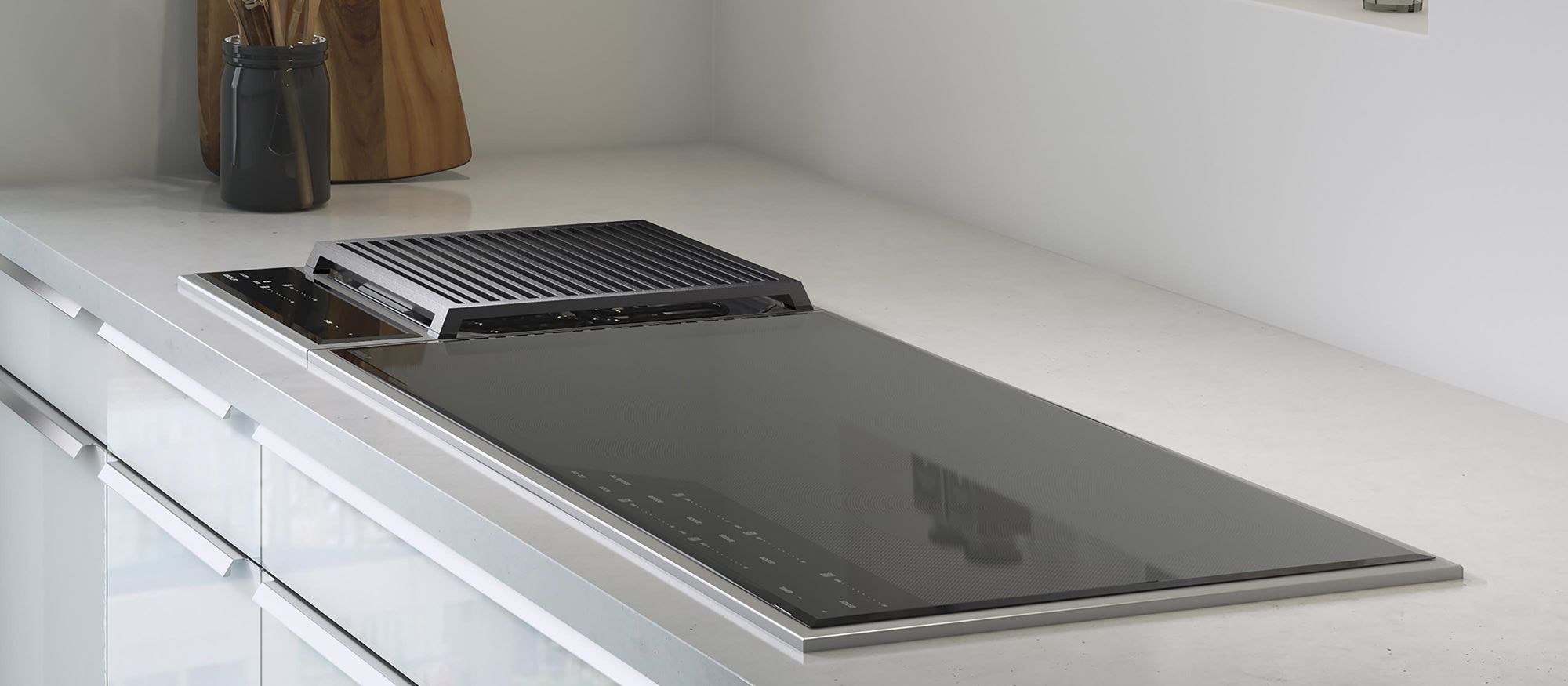
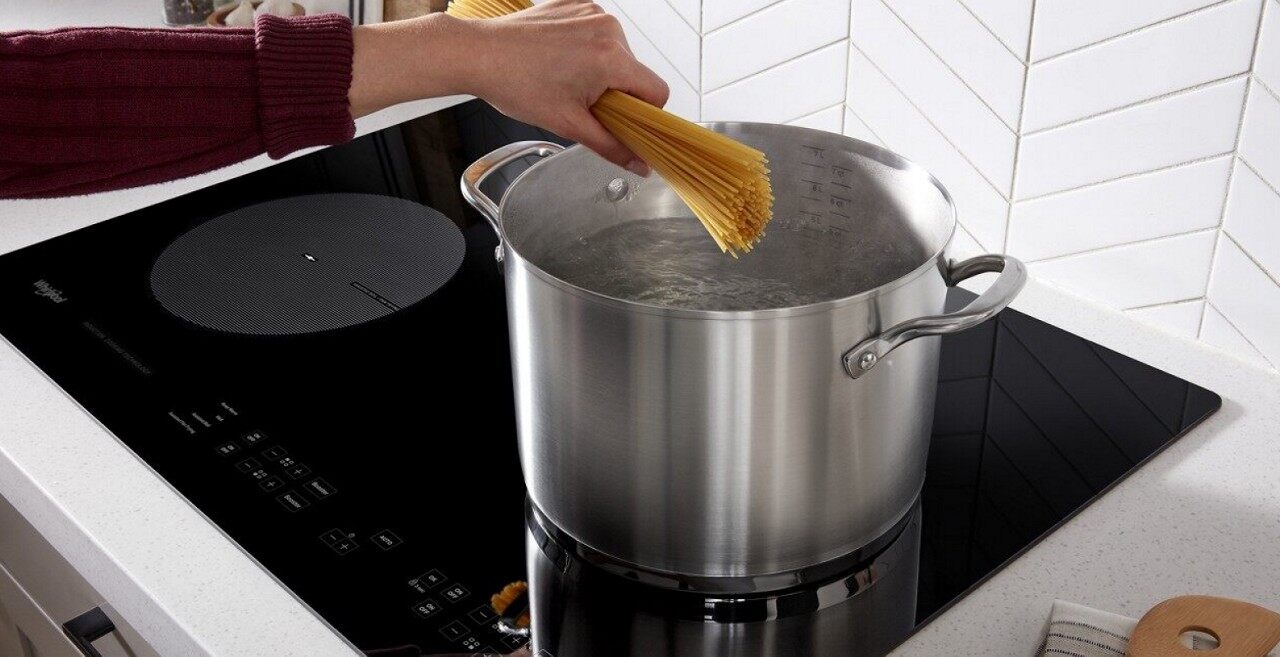
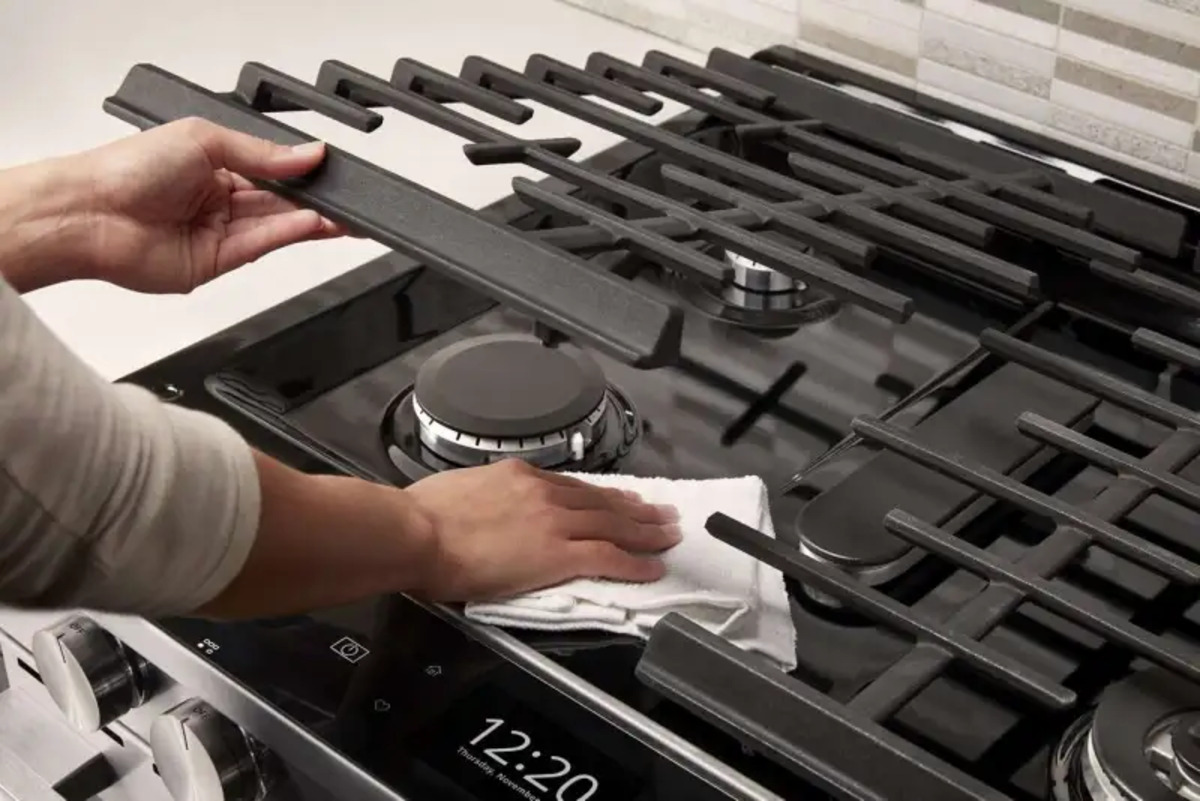
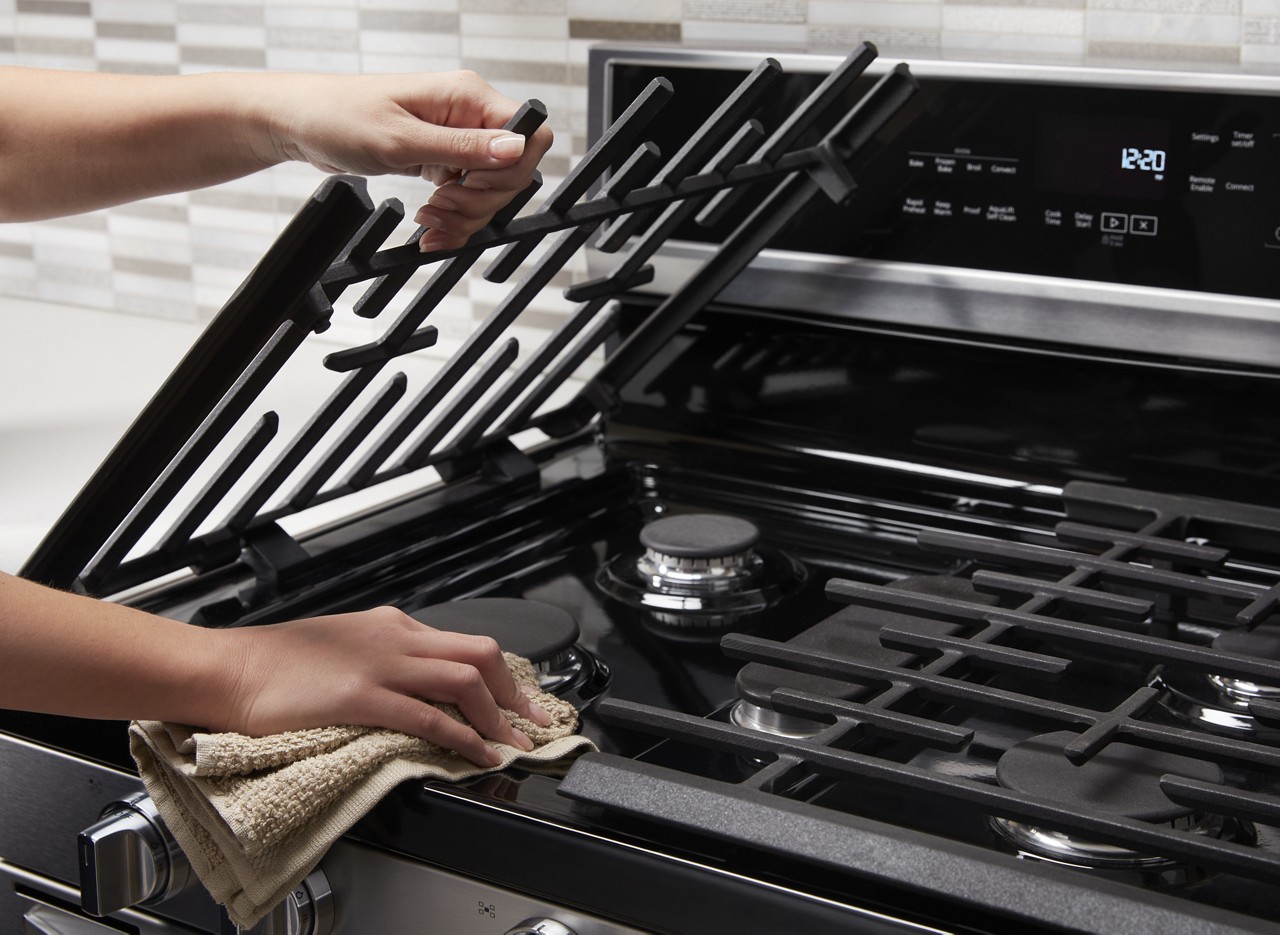
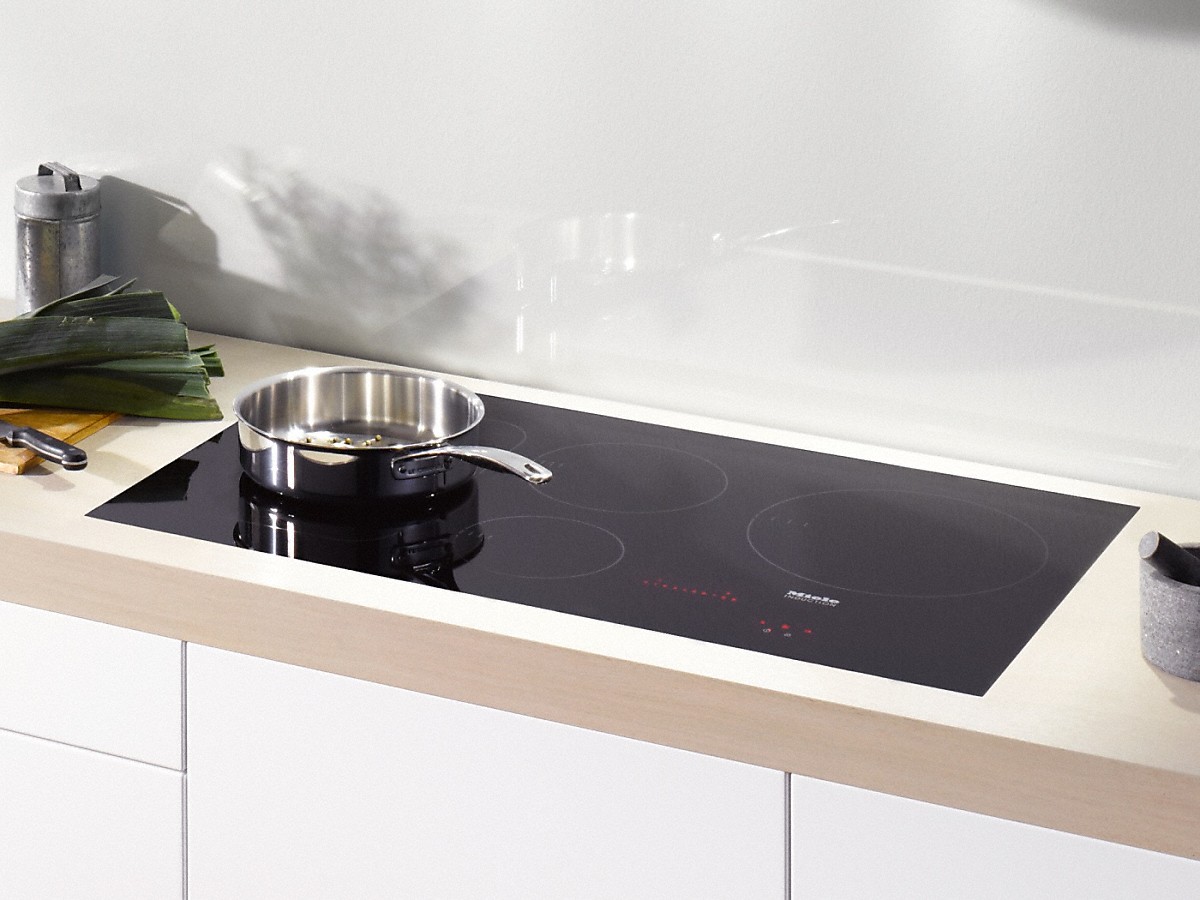

0 thoughts on “How To Clean An Induction Cooktop”